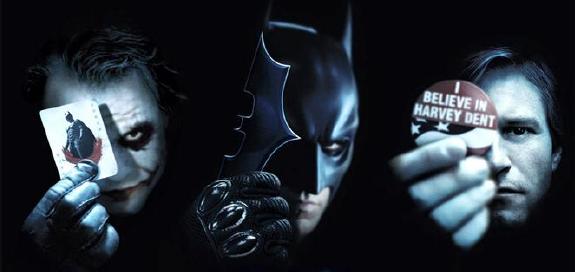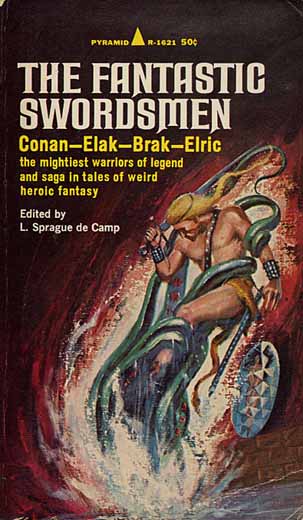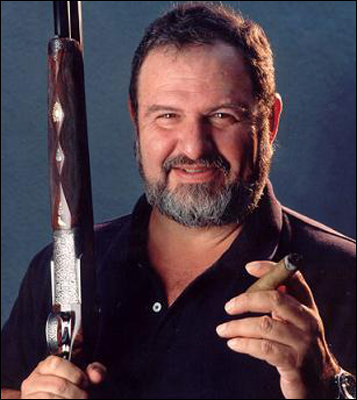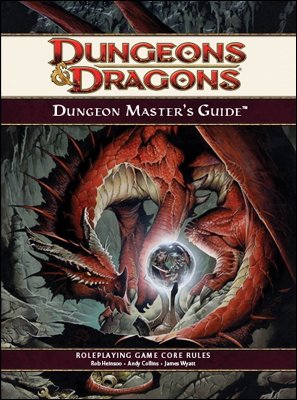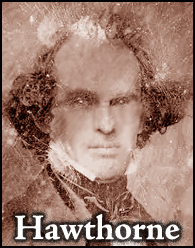What a Mummer Wild, What an Insane Child
Tuesday, July 29, 2008
posted by Steve Tompkins
Mark’s post about the new Batman film from a Howardist’s perspective was one of the better contributions to the long Dark Knight of the soul that’s fallen on the blogosphere, arguably a wee bit more plausible than the following Andrew Klavan assertion in The Wall Street Journal: “There seems to me no question that the Batman film The Dark Knight, currently breaking every box office record in history, is at some level a paean of praise to the fortitude and moral courage that has been shown by George W. Bush in this time of terror and war. Like W, Batman is vilified and despised for confronting terrorists in the only terms they understand.” Artist Drew Friedman begs to differ. And Cheney, the No. 2 who tries harder? Is he maybe Harvey Dent? Or remember the online debates when 300 was released? Was Bush Leonidas, or was he Xerxes? And who was Palpatine in Revenge of the Sith? Back when Viggo Mortensen was capturing so many imaginations in 2002 and 2003, a REHupan proudly reprinted a letter he’d sent to his local newspaper that anointed Bush the American Aragorn, the hero-king who was defending the West against the Evil gathering in the East.
Was there ever a time when popular culture did not lend itself to this sort of game, one that the left-handed and the right-handed both line up to play? The concept of a Manchurian candidate long ago escaped the control of Richard Condon or John Frankenheimer. High Noon, Rio Bravo, and High Plains Drifter have been arguing among themselves for decades (in his Playboy interview John Wayne labeled High Noon “the most un-American thing I’ve ever seen in my life”. Richard Slotkin’s Gunfighter Nation: The Myth of the Frontier in Twentieth Century America is a book I dote on (and may well have quoted from more than from Howard’s own works during my REHupa years), and yet once in a great while a mulish part of me wonders, can every single Western between 1962 and 1976 really have been about Vietnam?

